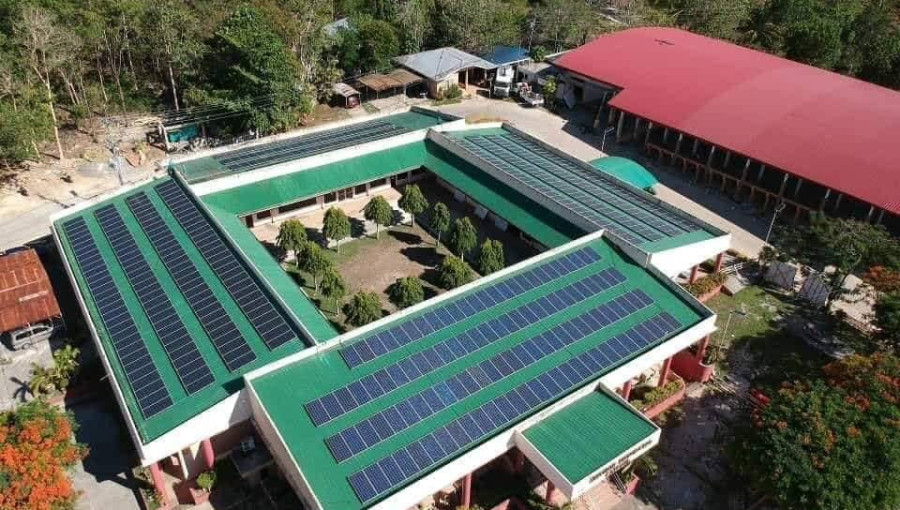Siquijor, a small island province in the Philippines, is grappling with energy challenges due to its dependency on a single, aging diesel power plant operated by the Siquijor Island Power Corporation (SIPCOR). This monopoly has led to frequent blackouts and an uncertain energy future for the island’s 100,000 residents. However, a transition to solar power is underway, exemplified by a new 5MW solar facility project, which aims to diversify the island’s energy supply and enhance resilience against fossil fuel dependency. Multiple strategies are proposed, including supporting residential rooftop solar installations and clarifying funding policies for renewable projects.
The Philippines has 7,641 islands. One of the most serene and relatively isolated of them is the island of Siquijor. The island is a province on its own in the Central Visayas region. In terms of size, it is the third smallest province-island in the Philippines, both in terms of land area and population. It is known for its white sand beaches, clear waters, and reputation as a mystical island. This mystical island is now a paradise in peril. The inhabitants of the small towns that promote tourism in their lush landscapes and pristine beaches are sustained by a fragile lifeline: a single, aging diesel power plant. They are dependent on one private operator, the Siquijor Island Power Corporation (SIPCOR), now a power monopoly that leaves the island’s 100,000 residents vulnerable to frequent blackouts and a future of energy uncertainty. But a solution is on the horizon, one that harnesses the island’s most abundant resource: the sun.
The current crisis is a classic case study in the risks of centralized, fossil fuel-based energy. For 20 years, SIPCOR has held a monopoly through its power supply contract with the Province of Siquijor Electric Cooperative (PROSIELCO). While SIPCOR has a fleet of diesel generators, it has failed to keep up with the island’s rising demand. Since May 2025, Siquijor has been plagued by continuous rotating blackouts, crippling local businesses and threatening daily life. The projected demand of 8.16 MW has been consistently underestimated, leaving the island with a severe power deficit. This is a problem that other off-grid islands in the country have already begun to solve. They’ve embraced a new strategy: hybridization, where renewable energy, particularly solar, becomes the primary power source and diesel generators are relegated to backup duty. This approach reduces fuel dependence, cuts operational costs, and ensures a more reliable supply. As battery storage technologies become cheaper and more efficient, the reliance on diesel can be phased out almost entirely.
The first major step toward a solar-powered future for Siquijor is already underway. The Institute for Climate and Sustainable Cities (ICSC) has heralded the approval of a 5MW ground-mounted solar facility in the municipality of Maria. This project represents a significant stride toward diversifying the island’s energy mix and improving its energy security. While the full benefits are not expected until 2026, its symbolic importance cannot be overstated. This shift is not just about large-scale projects. Siquijor can draw lessons from other remote Philippine communities, such as Guiuan in Eastern Samar and Paranas in Samar, which have successfully implemented small-scale renewable energy initiatives. In these locations, empowered local governments were the catalysts for change, forging partnerships with civil society groups and cooperatives to fund clean energy projects tailored to their communities’ needs. By following these models, Siquijor’s local government can become an enabler of innovation, coordinating energy planning and bringing together diverse stakeholders to support a distributed renewable energy system.
While the 5MW solar facility is a long-term solution, urgent action is needed to bridge the immediate supply gap. The path to energy independence for Siquijor involves more than just a single large-scale project; it requires a multipronged approach. Residential consumers should

